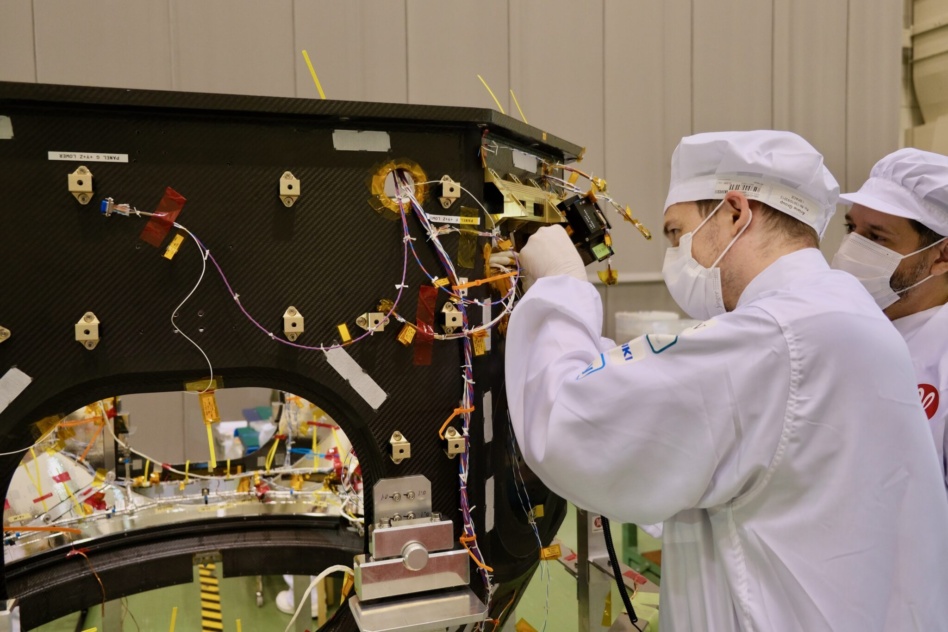Japan’s ispace made its plans for a satellite communications system around the Moon official at the 2024 Lunar Surface Innovation Consortium, a day after closing a $45M loan to fund the three upcoming lander missions on its manifest.
Link-up: ispace’s US subsidiary is part of a consortium led by American firm Draper, which won a $73M NASA CLPS contract to land scientific payloads on the far side of the Moon in 2026. During the mission, ispace will place two microsatellites built by Blue Canyon Technologies into a lunar orbit.
These data relay satellites will keep the lander in constant contact with controllers on Earth, just as China’s Queqiao satellite did for the pioneering Chang’e 4 landing in 2019. Once the CLPS mission is complete, ispace hopes to provide connectivity to future lunar missions as a service.
Other Moon-focused companies, including Lockheed Martin subsidiary Crescent and Intuitive Machines, also plan to build orbiting communications networks at Earth’s favorite satellite.
But first…: ispace expects to launch its second lander to the Moon in the fourth quarter of this year, complete with a micro rover to obtain regolith samples for ESA. The company’s first lander attempted to reach the Moon a year ago today, only to be foiled by faulty software that led it to crash.
This week, ispace took out a $45M loan, weeks after raising $53.5M in equity. In a February earnings call, CEO Takeshi Hakamada stressed the importance of a diverse funding base, including contract revenue and SBIR grants as well as debt and equity financing.
Speaking of Japan: NASA wouldn’t release its agreement with the Japanese government to put JAXA astronauts on the Moon in exchange for a pressurized lunar rover, so we used the Freedom of Information Act to get our own copy.
No big surprises, but NASA is responsible for buying the rocket that will get Japan’s rover to the Moon in 2031, and furnishing most of its life support systems. Crews traversing the Moon will operate, as onboard the ISS, under a single mission commander.




